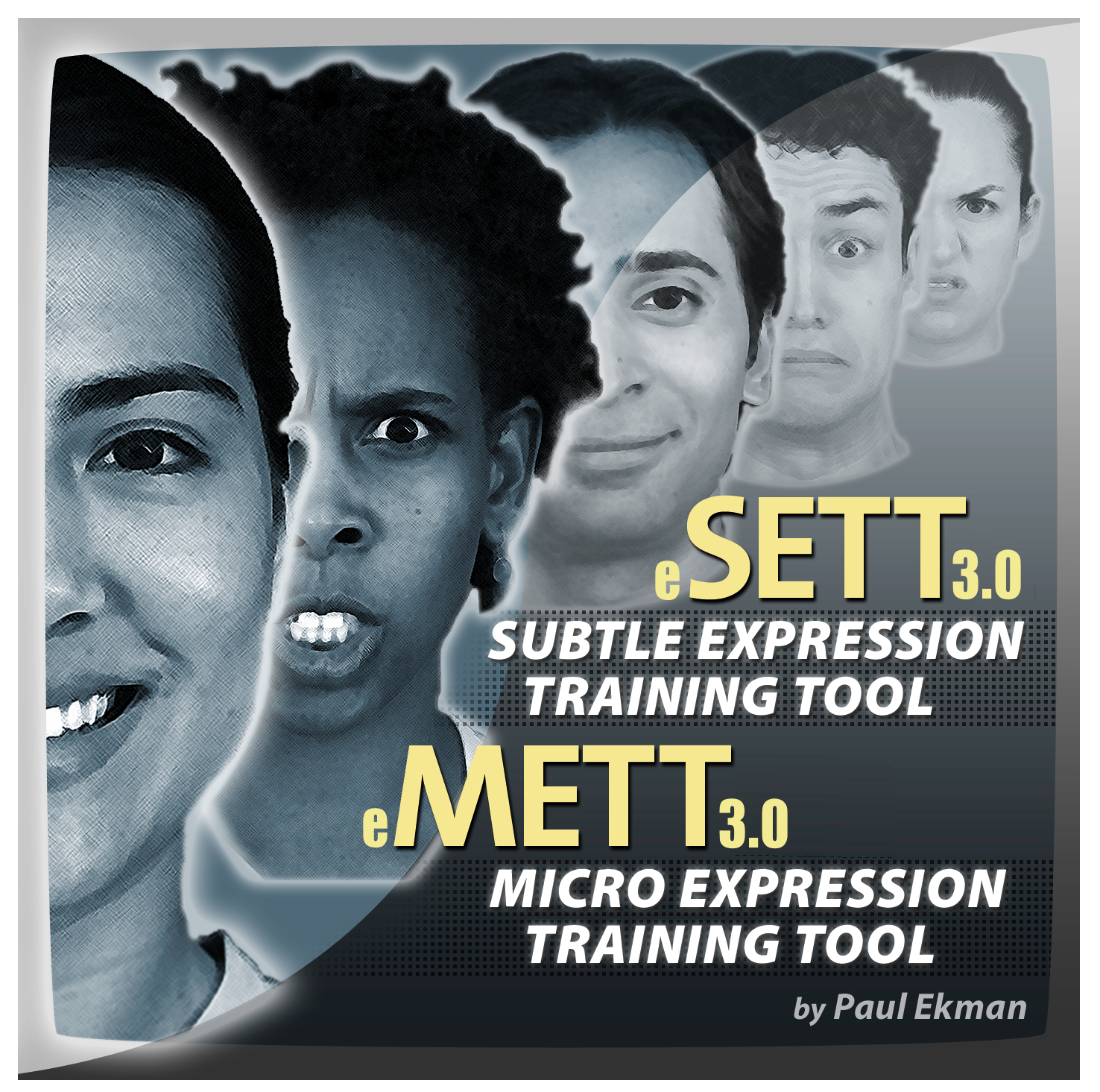

Karen Palmer using the EmoPy toolkit in her artworkĮmoPy is published as an open source project, helping to increase public access to a technology which is often locked behind closed doors. We built EmoPy from the ground up to handle the emotion recognition requirements of the RIOT system. At Thoughtworks we created an FER toolkit named EmoPy, supporting the artist and filmmaker Karen Palmer during her residency with Thoughtworks Arts.Īs the lead developer on that project, I worked with a team to help Karen to create a new version of her emotionally responsive film experience, RIOT. The information presented in this article is based on a mixture of project experience and academic research.

Further, it will examine the performance and accuracy of FER systems, showing how these outcomes are driving new trajectories for those exploring automated emotion recognition via machine learning.

After explaining general features and issues making up this field, this article will look at common FER datasets, architectures and algorithms.

This article provides an introduction to the field known as Facial Expression Recognition (FER). And there are various pitfalls to avoid when designing new systems. High quality datasets can be hard to find. The technology is at a relatively early stage. 100 b&w photosĪ world-renowned expert on facial expression, emotion, and deception, Paul Ekman, Ph.D., is a professor of psychology at the University of California Medical School in San Francisco and a frequent adviser to police, antiterrorism groups, and the animation studio Pixar.However, implementation can be a complex and difficult task. It is Ekman's hope that once these expressions have been identified, his readers will benefit from an increased sensitivity, and will possess the skills necessary for approaching others gripped with apparent emotion. In his engaging style, he asks his readers to conjure these emotions by studying photographs, meditating upon their own experiences and, if that fails, to contort their faces into specific expressions, for Ekman has found that physical manifestations actually generate corresponding emotional responses in the brain. Ekman addresses in detail the "cascade of changes" that occur physiologically in an individual in the throes of one of five salient emotional categories (sadness, anger, fear, disgust and enjoyment). Emotions theselves can't be turned off, but they can be controlled, and Ekman draws upon the Buddhist concept of mindfulness to explain how, by tuning in to one's own emotional triggers, one can develop a heightened "attentiveness," thereby side-stepping future blowouts. While an American smile may look much like a grin expressed by a Fore tribesman of Papua New Guinea, what actually triggers the toothy twinkle is culturally, socially and even individually determined. His 40-odd years of research have led him to the conclusion (originally presented by Charles Darwin) that emotions, and their 10,000 facial expressions, are largely universal. Описание: Emotions are what "make life livable," writes psychologist Ekman in this unique hands-on volume that flirts shrewdly with psychology and anthropology. Subtle Expression Training Tool - SETT by Paul Ekman


 0 kommentar(er)
0 kommentar(er)
